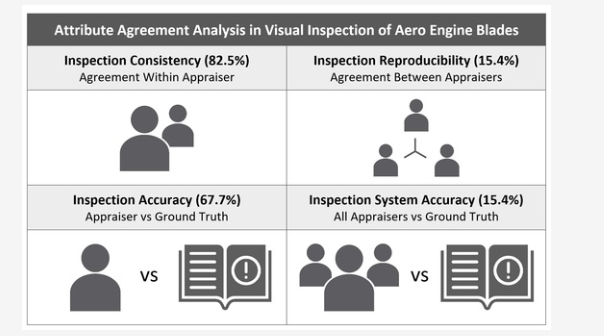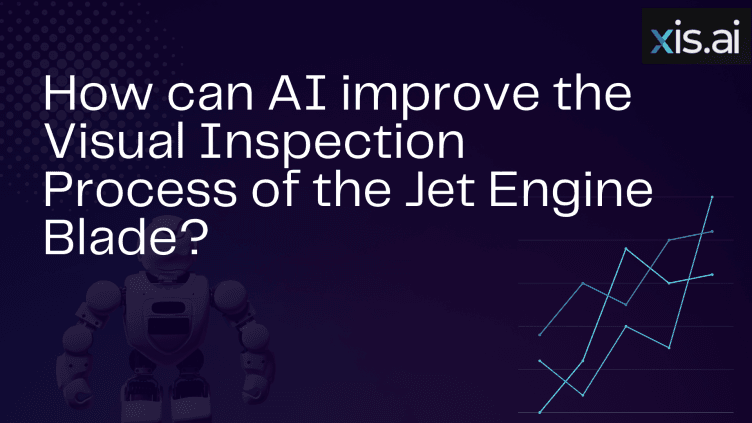Introduction
Jet engine blades operate under extreme conditions, making rigorous visual inspection essential for safety and performance. This process detects surface defects, cracks, and anomalies that could compromise blade integrity. Visual inspection enhances safety by preventing failures, maintains aerodynamic efficiency, and is cost-effective by catching defects early. Key components include advanced tools like borescopes and cameras, skilled inspectors, proper lighting, and thorough documentation. The inspection involves cleaning blades, examining surfaces for defects, using magnifying tools and Dye Penetrant Inspection (DPI) for cracks, and documenting findings for analysis. This comprehensive approach ensures timely identification and resolution of potential issues, maintaining jet engine blade reliability and performance.
Visual Inspection Process of Jet Engine Blades
The aerospace industry operates on razor-thin margins, where even the smallest flaw can have catastrophic consequences. With lives hanging in the balance, ensuring the meticulous quality of every aircraft component, including jet engine blades, is paramount. Traditional visual inspection methods, often relying on human eyes, can be prone to fatigue, inconsistencies, and even missed defects. Enter AI visual inspection, a game-changer transforming how we ensure the airworthiness of our flying machines. This advanced technology enhances the traditional visual inspection process by significantly improving the accuracy and reliability of defect detection, thus ensuring the safety, performance, and cost-effectiveness of jet engine blade maintenance.

How Can AI Improve the Visual Inspection Process Of The Jet Engine Blade:
- Automated Defect Detection:
Computer Vision Algorithms: AI can be trained to recognize patterns and anomalies on the surface of jet engine blades, such as cracks, corrosion, or other forms of damage.
Machine Learning Models: Using historical data, machine learning models can learn to identify defects with high precision, reducing the likelihood of human error.
2. Predictive Maintenance:
Predictive Analytics: By examining historical inspection data, AI can forecast when a blade is likely to fail or need maintenance, enabling proactive measures.
Condition Monitoring: AI can continuously oversee the condition of blades in real-time, utilizing sensor data to iAutodentify early signs of wear and tear.
3. Enhanced Imaging Techniques:
High-Resolution Imaging: AI can process high-resolution images and videos to detect minute defects that might be missed by the human eye.
3D Imaging and Reconstruction: AI algorithms can create detailed 3D models of engine blades from multiple 2D images, providing a comprehensive view of their condition.
4. Data Integration and Analysis:
Big Data Integration: AI can integrate and analyze data from various sources, such as manufacturing records, usage patterns, and past inspection results, to provide a holistic view of each blade's condition.
Anomaly Detection: By analyzing large datasets, AI can detect unusual patterns that may indicate a defect or an impending failure.
5. Augmented Reality (AR) and Virtual Reality (VR):
AR for Inspectors: AI-powered AR can overlay information on the real-world view of an inspector, highlighting areas of concern and providing guidance on what to look for.
VR Training Simulations: AI can be used to create realistic VR simulations for training inspectors, allowing them to practice identifying defects in a controlled environment.
6. Robotic Assistance:
AI-Enhanced Inspection Robots: Robots integrated with AI capabilities conduct inspections in inaccessible or hazardous locations, minimizing risks to human inspectors.
Drones and Autonomous Vehicles: AI enables drones and autonomous vehicles to conduct swift, thorough inspections over expansive areas, capturing high-resolution images for detailed analysis.
7. Natural Language Processing (NLP):
Automated Reporting: AI analyzes collected data to generate comprehensive inspection reports, summarizing findings and offering actionable insights.
Voice-Controlled Systems: Inspectors can interact with AI systems using voice commands, streamlining the inspection process and enhancing efficiency.
Implementing these AI-driven techniques can enhance the accuracy, efficiency, and reliability of visual inspections of jet engine blades, ultimately improving safety and reducing maintenance costs
Conclusion
AI greatly improves how jet engine blades are inspected visually by using advanced techniques. It uses computer vision and machine learning to automatically find defects like cracks and corrosion that might be missed by humans. AI also predicts maintenance needs by analyzing real-time and past data, making maintenance schedules more efficient and reducing unexpected problems. High-resolution imaging and 3D models give detailed views of blade conditions, while integrating large amounts of data ensures thorough evaluations. Augmented reality, virtual reality, and robots assist in inspections, making them safer and more effective. AI also helps with communication and reporting through natural language processing, making the entire inspection process smoother and more efficient. Overall, AI enhances the accuracy, efficiency, and safety of inspecting jet engine blades, continually improving how aircraft are maintained.
About xis.ai
xis.ai automates visual quality inspection with AI and robotics. With a camera and no code computer vision platform that enables non-technical industrial users to develop, deploy, and use Automated Visual Inspection (AVI) in any industry in minutes.



